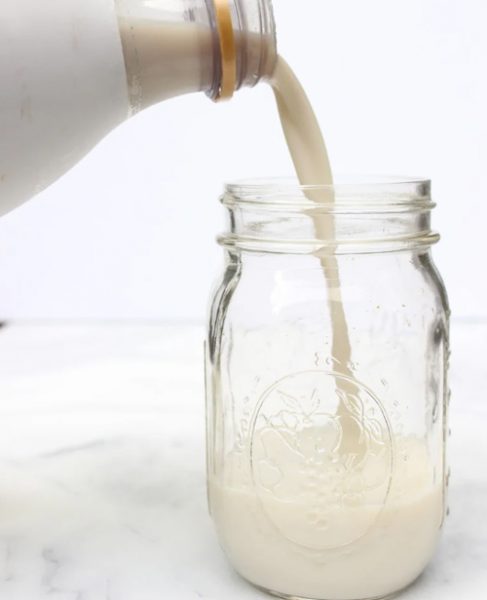Don't go crazy in the dairy section; we've got the answers you're looking for.
Today, more than ever, there are a plethora of dairy-free options. It's becoming easier to eliminate traditional dairy items from your diet, from milk to ice cream to cheese. There's no need to be afraid of the dairy aisle at your local grocery store if you're lactose intolerant, allergic to dairy, or simply choose to live a dairy-free lifestyle.
Almond and coconut milk are the most popular and widely available milk. Even coffee shops like Starbucks and Dunkin' Donuts have started offering these non-dairy nut milk to their customers. While the distinctions between almond and coconut milk may appear to be evident, there is more to it than that.


How They're Made

Nutrition

Benefits
Leave a Comment
